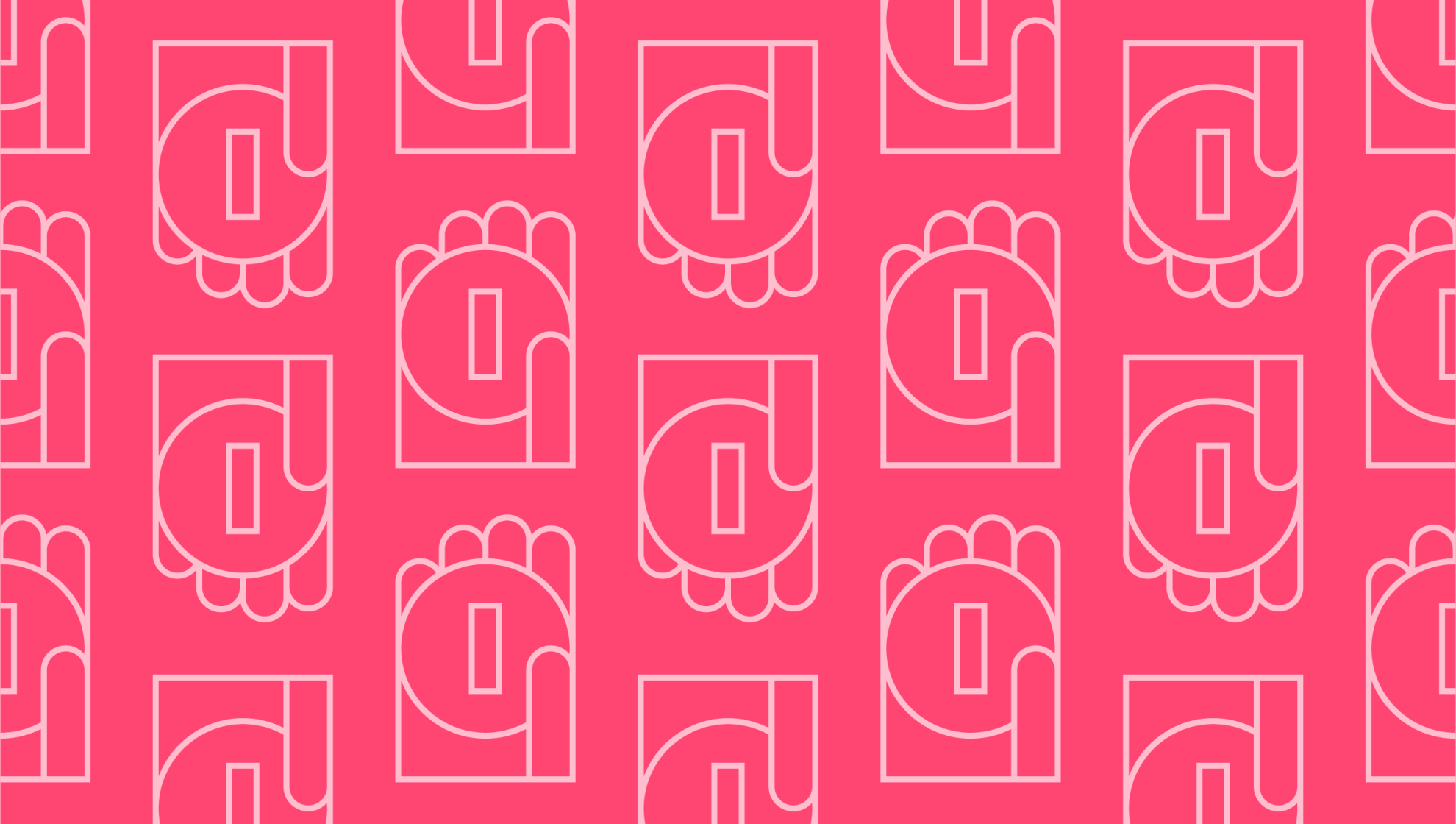Last editedOct 20212 min read
If you need to send a bank transfer within Australia or abroad, you’ll likely come across a confusing array of acronyms including SWIFT, IBAN, and BRN. These all refer to various bank codes, which differ from country to country. What is a sort code, what is a routing number, and which applies to your transaction? We’ll break down a few of these common terms below, including sort codes, routing numbers, and more.
What is a sort code?
When you need to send or receive money from a British bank account, you’ll be asked to supply the sort code. This is a six-digit code used by UK banks to transfer money between domestic bank accounts. The code serves as identification for the bank and branch where the account is held.
What is a routing number?
By contrast, when you need to send or receive money from an American bank account, you’ll need to supply the routing number. Like a British sort code, the routing number identifies the bank branch to assist with the domestic transfer. It’s broken down into nine digits. The first four refer to the Federal Reserve routing symbol, the second four provide the American Bankers Association bank branch code, and the final digit is a unique cheque identifier.
When to use sort code vs routing number
You’ll only need to use a sort code or routing number if you are transferring money to a UK or US-based account, respectively. For domestic bank transfers within the US, you will need to use the routing number. For UK domestic bank transfers, the sort code applies.
The Australian equivalent to a sort code or routing number is the bank state branch, or BSB, number. You will need to provide the BSB and account number to transfer money to any domestic Australian account. Like sort codes and routing numbers, it shows the specific bank and branch. It’s also six digits in length, just like the UK-based sort code.
What is a SWIFT code?
All the codes above are relevant to domestic bank transfers, but what do you need when sending or receiving money overseas? In these cases, you’ll need to look up the relevant SWIFT code. The international SWIFT system is used in multiple countries, identifying and routing bank transfers. To receive money from a US-based customer, for example, you would need to provide your SWIFT code as well as your BSB and account number.
SWIFT stands for Society for Worldwide Interbank Financial Telecommunication, providing a standard format for business identifier codes or BIC. You might see SWIFT also referred to as SWIFT-BIC or simply BIC code. It consists of either eight or eleven characters, identifying the bank code, country code, location code, and branch code. SWIFT codes are often used in conjunction with IBANs or International Bank Account Numbers for processing international payments.
What is an IBAN?
The IBAN is far more specific than any of the codes mentioned above, containing up to 34 unique characters. This shows not only the country code, but also cheque digits and the specific bank account number. However, one thing to keep in mind is that IBAN isn’t used as universally as the SWIFT code. It’s seen primarily in Europe, North Africa, the Caribbean, and the Middle East. Although it’s not used in Australia, you’ll need to take it into account if sending money to international recipients in these regions.
As you can see, there are multiple codes to be aware of when sending money either domestically or internationally. You’ll need to use the correct code – whether it’s BSB, sort code, or routing number – that applies to the corresponding country.
We can help
GoCardless helps you automate payment collection, cutting down on the amount of admin your team needs to deal with when chasing invoices. Find out how GoCardless can help you with ad hoc payments or recurring payments.
